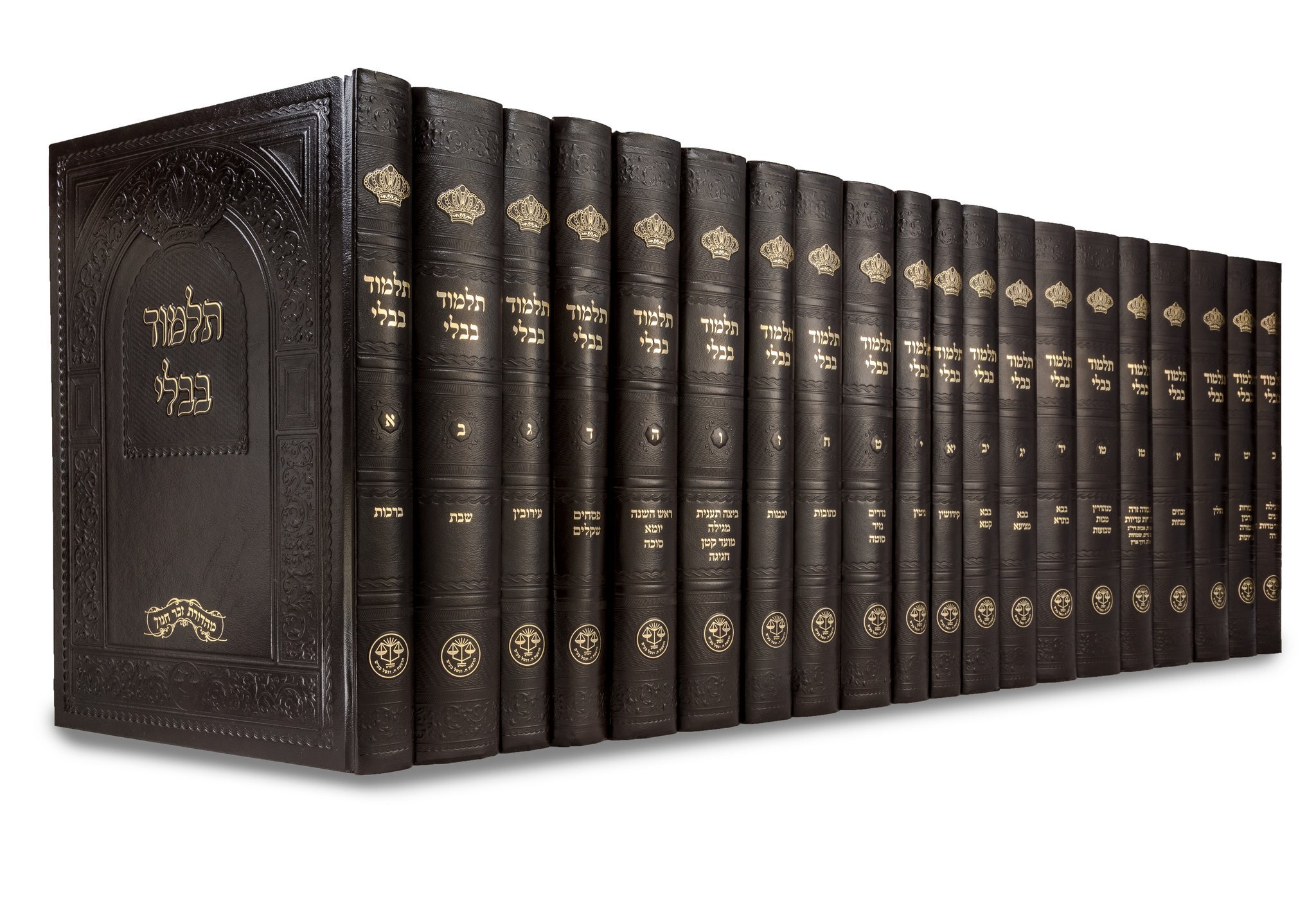We love to count. Along with the ABCs, counting is a skill we teach children as soon as we can. The rabbis loved to count too. In fact, the Talmud itself notes that the rabbis were called soferim because the word means “one who counts.” This counting was taken very seriously, and when a question arose as to which letter was the midpoint of the Torah, the Talmud records that the rabbis “did not move from there until they brought a Torah scroll and counted all its letters." Today marks the start of the one-page-a-day study of the Babylonian Talmud, a seven-and-a-half-year journey that will end in June 2027. We will read 2,711 double-sided pages, one each day, every day. But how many words is that?
Before the advent digital texts, the number of words in the Babylonian Talmud could only be guesstimated. In the 1990s the late great American scholar of Talmud Yaakov Elman tried to do just that, using a method borrowed from the publishing industry called “casting.” Before it was possible to just click “word count” on the computer, publishers would count the average number of words on a line, count the average number of lines on a page, and then multiply by the number of pages in the book. Elman applied this methodology to the oldest known complete manuscript of the Talmud, known as Munich Codex. He counted an average of 26 words on a line, an average of 80 lines on a page and a manuscript that was 990 pages long, for a grand total of 2,059,200 words.
But Elman wasn’t quite done. He deducted 25% since the text of the Mishnah within the manuscript was larger than that of the Talmud itself, and another 3-4% for paragraph and chapter indentations. That left 1,452,440 words in the Babylonian Talmud.
How accurate was Professor Elman’s estimate? In 1999 he had written that “despite several projects that have put the text of the Bavli [the Babylonian Talmud] on CD, figures like this are unfortunately not available, at least according to the computer experts associated with these projects.” But that was over two decades ago, and it was time to try the computer experts again. I turned to Dr Sara Wolkenfeld, Director of Education and Community Engagement for the Sefaria project. Sefaria was founded in 2011 by best-selling author Joshua Foer and Google alum Brett Lockspeiser, and now contains over 183 million words of online Jewish texts, among which is the Babylonian Talmud. Wolkenfeld herself was finishing her own study of the entire Talmud, and intrigued, got her computer programmers on it. It took them “eight minutes of work and fifteen lines of code” to come up with the answer: 1,860,131 words. That’s about 28% greater than Elman’s guesstimate, and over twice as many words as Shakespeare left us. (But not as many as Winston Churchill wrote. His Complete Speeches totals over 5 million words.)
“It took eight minutes of work and fifteen lines of code to come up with the answer: 1,860,131 words”
But even this count is not exact. There are different editions of the Talmud and they vary slightly in whether they spell out abbreviations. Still, it’s as close as we will ever get to an official count. And today we begin with the first letter of the first page of the Talmud, and a brand-new cycle of study.


